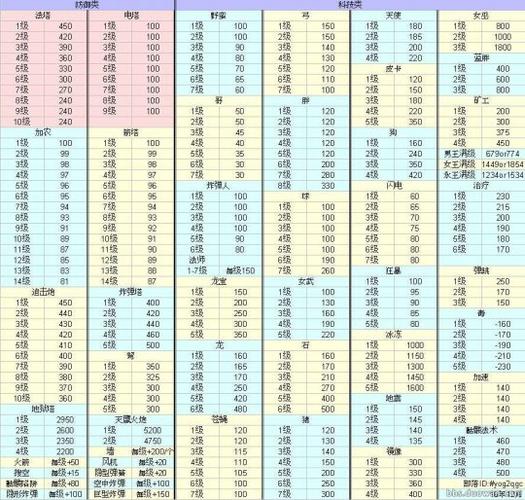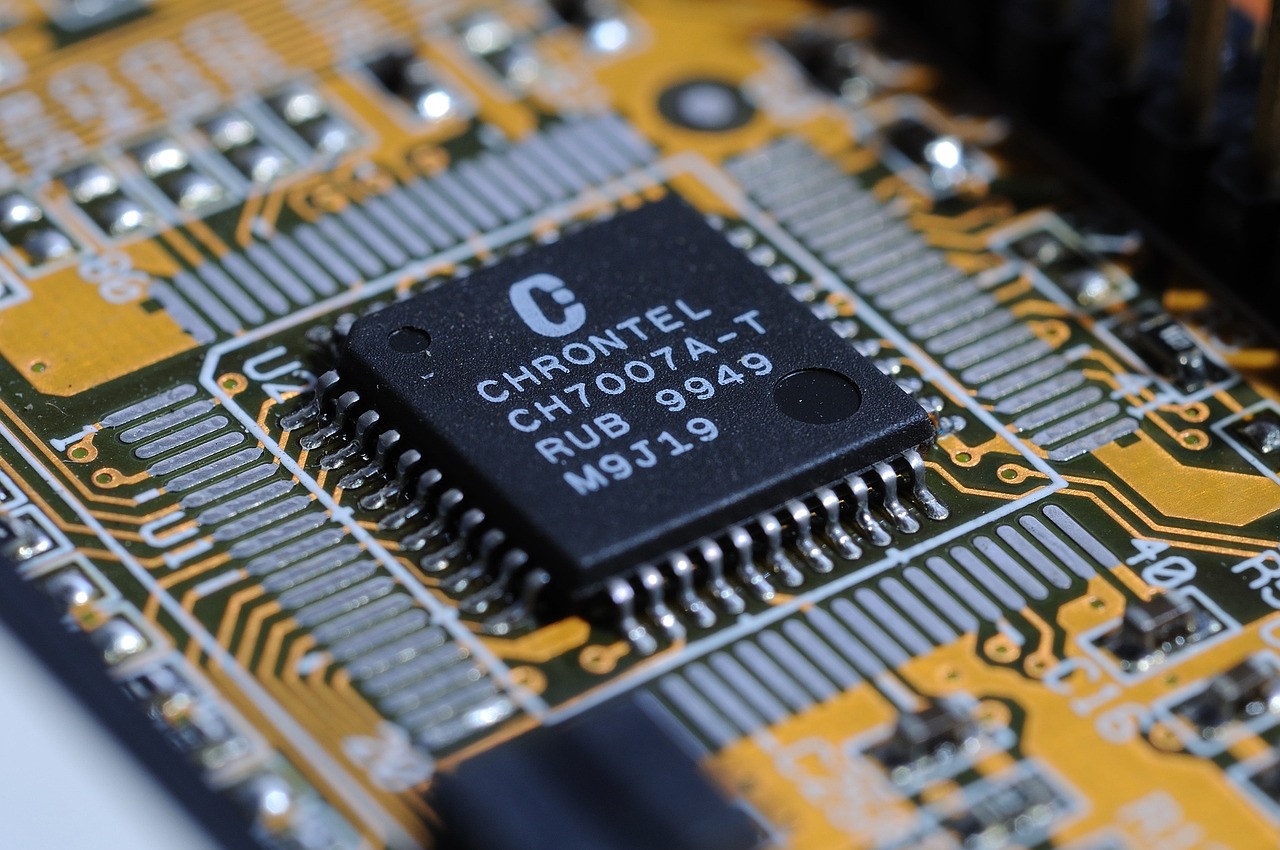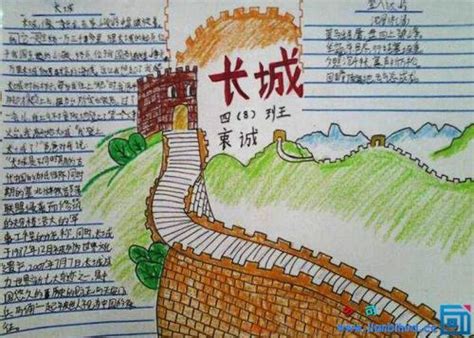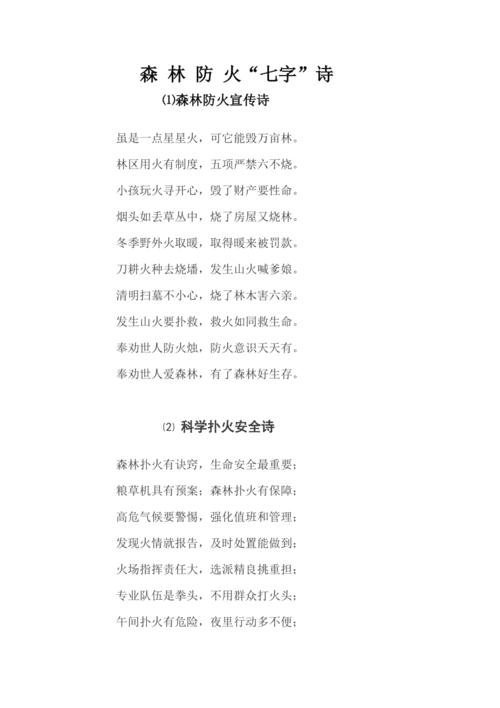部落冲突什么叫科技
Title: Understanding COC (ChiponChip) Technology in the Semiconductor Industry
Introduction to COC Technology

COC (ChiponChip) technology is a crucial advancement in the semiconductor industry, facilitating compact integration and enhanced performance of electronic devices. This technology involves stacking one semiconductor chip on another, thereby reducing the overall footprint of the components while improving functionality. Let's delve deeper into the workings, applications, and benefits of COC technology in the semiconductor landscape.
How COC Technology Works
COC technology involves the stacking of multiple semiconductor chips, typically using flipchip bonding or throughsilicon vias (TSVs). Flipchip bonding allows for direct connections between the chips, while TSVs enable vertical interconnections through the silicon substrate. This stacking process is meticulously engineered to ensure proper alignment, thermal management, and electrical connectivity between the chips.
Applications of COC Technology
1.
SystemonChip (SoC) Integration
: COC technology enables the integration of diverse functionalities into a single chip, enhancing the performance and efficiency of SoCs. This integration reduces power consumption, latency, and form factor, making it ideal for mobile devices, IoT applications, and wearables.2.
Memory Stacking
: COC technology facilitates the stacking of memory chips, leading to increased memory density and bandwidth. This is vital for applications requiring highspeed data processing, such as data centers, artificial intelligence, and 5G communication systems.3.
Sensor Fusion
: By stacking sensor chips with signal processing units, COC technology enables sensor fusion, where data from multiple sensors are combined to provide more accurate and comprehensive information. This is valuable in automotive safety systems, healthcare devices, and industrial automation.4.
Heterogeneous Integration
: COC technology allows for the integration of chips with different technologies, such as CMOS, MEMS, and photonics, onto a single substrate. This heterogeneous integration enhances functionality and enables new applications in areas like biomedical devices, augmented reality, and environmental monitoring.Benefits of COC Technology
1.
Miniaturization
: COC technology enables the creation of smaller and more compact electronic devices by stacking multiple chips vertically. This miniaturization is essential for portable gadgets, wearable electronics, and embedded systems.2.
Improved Performance
: By reducing interconnect lengths and enabling closer integration of components, COC technology enhances signal integrity, reduces latency, and increases overall system performance. This is crucial for highspeed communication, image processing, and computational tasks.3.
Cost Efficiency
: Despite the complexity involved in chip stacking and integration, COC technology can lead to cost savings in terms of reduced material usage, simplified assembly processes, and higher yields. This cost efficiency makes COC solutions attractive for massmarket consumer electronics and industrial applications.4.
Enhanced Reliability
: COC technology can improve the reliability of electronic systems by reducing the susceptibility to external factors such as thermal stress, mechanical shocks, and electromagnetic interference. This enhanced reliability is critical for missioncritical applications like aerospace, defense, and automotive electronics.Future Trends and Challenges
Looking ahead, the adoption of COC technology is expected to grow rapidly across various industries, driven by the demand for smaller, faster, and more versatile electronic devices. However, several challenges remain, including thermal management in densely packed chips, standardization of interconnection technologies, and costeffective manufacturing processes. Addressing these challenges will require collaborative efforts from semiconductor manufacturers, equipment suppliers, and research institutions.
Conclusion
COC (ChiponChip) technology represents a significant advancement in semiconductor integration, enabling smaller form factors, improved performance, and enhanced functionality across a wide range of applications. By stacking multiple chips vertically, COC technology paves the way for the development of innovative electronic devices with unprecedented capabilities. Embracing COC technology can drive the next wave of innovation in the semiconductor industry, revolutionizing the way we interact with technology in our daily lives.
References:
IEEE Xplore Digital Library
Semiconductor Industry Association (SIA)
ResearchGate Publications
Semiconductor Engineering Magazine











